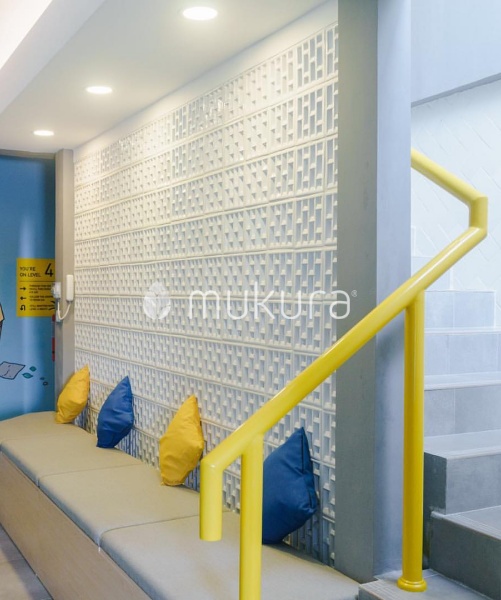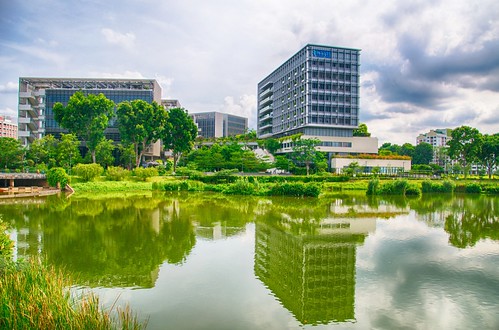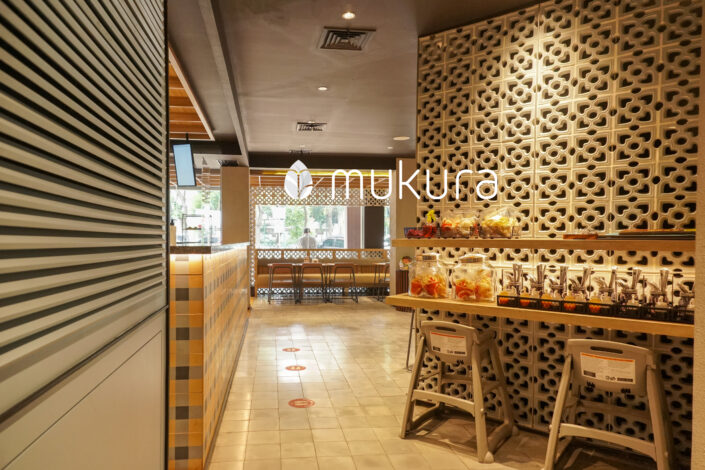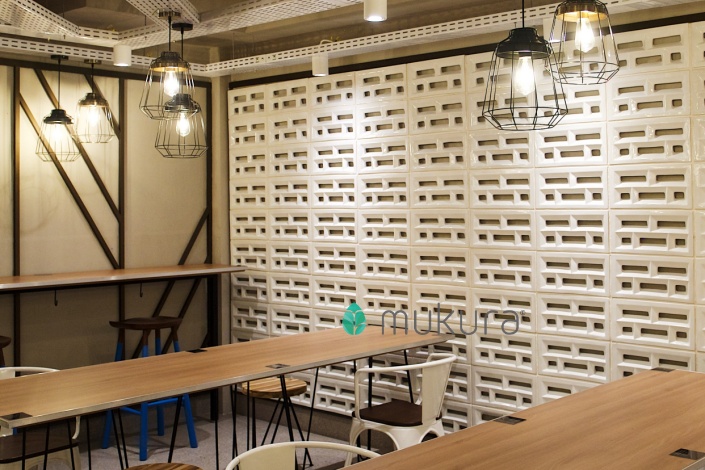News & Events, Trending Events | Thursday December 23rd, 2021 10:00 AM
The Importance of Carbon Footprint in Green Architecture
We often hear the term ‘carbon footprint’ anywhere. At the school, workplace, even social media. Especially when we talk about green architecture. Here is an explanation of what carbon footprint means, as well as how important eco-friendly architecture is today.
What is carbon footprint?
The meaning of carbon footprint means the total greenhouse gases that each individual, activity, place, or product produces.
Why the greenhouse gas?
Greenhouse gases (one of them is carbon dioxide or CO2) are gases that are harmful to nature. CO2 that accumulates on earth can damage the atmosphere,making global warming worse. Thus, the earth is getting hotter.
Where do CO2 come from?
Almost all human activities produce carbon dioxide. For example, when we breathe, we produce CO2, but in small amounts. Most of the gas is produced, one of which is from motor vehicles. Then, the process of raising animals and farming on a large scale also produces carbon dioxide. Finally, product manufacturing processes in the factory also contributes.
Khoo Teck Puat Hospital in Singapore is 27% more energy efficient because it uses many energy-saving systems, one of them is the solar-powered water heaters (Source: Eustaquio Santimano via Flickr)
Then, what is the relation between architecture and interior design with a carbon footprint?
Every product we use in the process of building and decorating our homes produces CO2. Starting from making the basic materials, processing in factories, to distribution to consumers using transportations. Thus, materials and objects that produce a lot of carbon in the process are not environmentally friendly. The reason is because it has a large carbon footprint. When we use a lot of objects and materials that are not environmentally friendly, we are contributing to worsening global warming.
For example, the lights we use at home. The manufacture of lamp raw materials must produce carbon gas. Same goes with the process of delivering the material to the factory. Then, when processing materials, the engine in the factory will produce gas depending on the fuel. Then, the distribution process of the finished lamps uses transportations that inevitably produces pollution. When we buy and use lamps, we need electricity mostly from coal-fired power plants, which produce a lot of CO2 gas.
So, what do we do?
Thus, emerged the term green architecture, or ‘eco-friendly architecture’. This is not an architectural style, but rather a philosophy to make architecture as environmentally friendly as possible. This architecture is always looking for building materials that don’t have a large carbon footprint. In addition, the building is also made to be more environmentally friendly in the long term. For example, saving electrical energy with natural lighting and ventilation.

Green architecture is very fond of the ceramic granite breezeblock for ventilation and natural lighting, so it can save electricity consumption
One example of green architecture is the use of ceramic granite breezeblock. Breezeblock is a very environmentally friendly building material. We can use it for natural ventilation, so there’s no need to use air conditioning during the day. In addition, the breezeblock partition can also cut down air conditioning usage. One air conditioning is enough to cool several rooms separated by breezeblock walls and partitions. Also, ceramic granite breezeblock doesn’t require difficult maintenance, just wipe it clean. Then, the ceramic granite breezeblock that Mukura produces is environmentally friendly. It is made using environmentally friendly materials. Finally, the packaging is also made of recycled materials.




